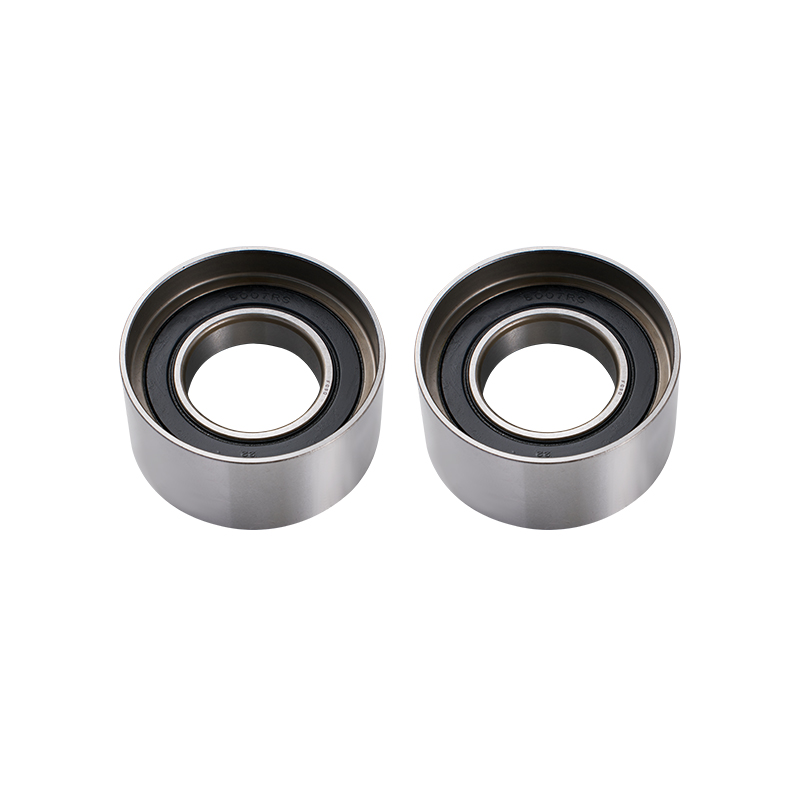At our precision ball bearing manufacturing facility, we've witnessed firsthand how the ball bearing in engine design has revolutionized automotive performance. These small but mighty components serve as the unsung heroes in powertrain systems, enabling the smooth operation that drivers often take for granted. The evolution of the ball bearing in machine applications demonstrates why they've become indispensable in modern engineering.

The role of a ball bearing system in combustion engines begins with reducing rotational friction. Unlike plain bearings that create sliding friction, our precision-ground ball bearings convert this into rolling friction, significantly improving efficiency. This principle applies whether we're manufacturing components for a high-revving motorcycle engine or a heavy-duty diesel ball bearing in engine applications. The difference in energy savings might seem microscopic per bearing, but multiplied across all rotating components in a vehicle, it translates to measurable fuel efficiency gains.
Durability represents another key advantage of the ball bearing in machine design. Modern engines demand components that withstand conditions - from scorching turbocharger temperatures to the constant vibration of cylinder firing. Our specialized heat treatment processes ensure each ball bearing system maintains structural integrity even when subjected to these harsh operating environments. The ability to handle both radial and axial loads makes ball bearings particularly valuable in complex engine layouts where space constraints exist.
Precision manufacturing of the ball bearing in engine components allows for tighter tolerances in modern powertrains. As engines become more compact and powerful, the margin for error shrinks dramatically. Our production lines now grind bearing races to tolerances measured in microns, ensuring great alignment in camshaft, crankshaft, and accessory drive applications. This precision in the ball bearing system directly contributes to reduced noise, vibration, and harshness - qualities that define today's premium driving experience.
The versatility of the ball bearing in machine applications continues to surprise even seasoned engineers. In a single modern engine, you'll find variations of our bearings in sizes ranging from the tiny throttle body actuators to the large crankshaft support bearings. Each ball bearing system must be optimized for its specific function - whether it's handling the oscillating loads of a timing chain tensioner or the constant rotation of an alternator pulley.
Maintenance considerations further explain the dominance of the ball bearing in engine design. Modern sealed bearing units arrive pre-lubricated with high-temperature greases, effectively creating maintenance-free components that last the life of the engine. This contrasts sharply with older bushings and plain bearings that required regular servicing. The self-contained nature of a quality ball bearing system greatly matches the automotive industry's push toward extended service intervals.
Innovation in ball bearing in machine technology continues to push boundaries. We're now developing hybrid ceramic bearings for extreme-temperature applications and testing new nano-coatings that reduce friction beyond traditional steel-on-steel designs. These advancements ensure the ball bearing system remains at the heart of engine evolution, particularly as electric vehicles create new demands on bearing performance.
From our factory's perspective, the future of the ball bearing in engine applications looks brighter than ever. As combustion engines become more efficient and electric drivetrains more prevalent, the fundamental advantages of ball bearings - efficiency, durability, and precision - ensure they'll remain critical components in whatever powertrains emerge. The humble ball bearing system has earned its place as an essential building block of modern mobility, and our manufacturing processes continue to evolve to meet these ever-growing demands.



 English
English русский
русский
